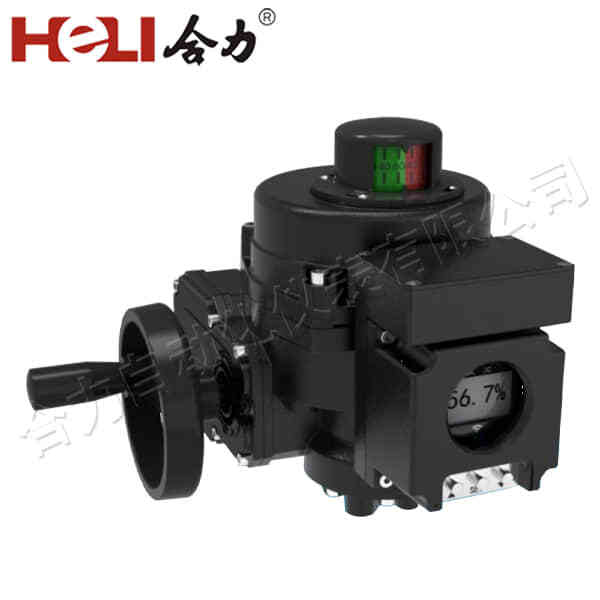Electric actuator valves are crucial components in modern automation systems, widely used across industries such as oil and gas, chemical processing, water treatment, and HVAC systems. These valves, combined with electric actuators, allow for precise and efficient control of fluid flow and pressure, offering a host of advantages over traditional manual or pneumatic actuators. In this article, we will explore the basics of electric actuator valves, their features, benefits, and common applications.

What Are Electric Actuator Valves?

An electric actuator valve is a valve system that is powered by an electric actuator, which converts electrical energy into mechanical motion. The actuator drives the valve to open or close, enabling the flow of liquids, gases, or slurries through pipes or ducts. The combination of the electric actuator and the valve makes the entire system capable of being remotely controlled, offering ease of use and high precision. Electric actuators operate using electric motors that are either direct current (DC) or alternating current (AC) powered. These motors are connected to gears or cams, which, in turn, drive the valve to its desired position. The actuator can be controlled via a control system such as a programmable logic controller (PLC), allowing for automation of processes.
